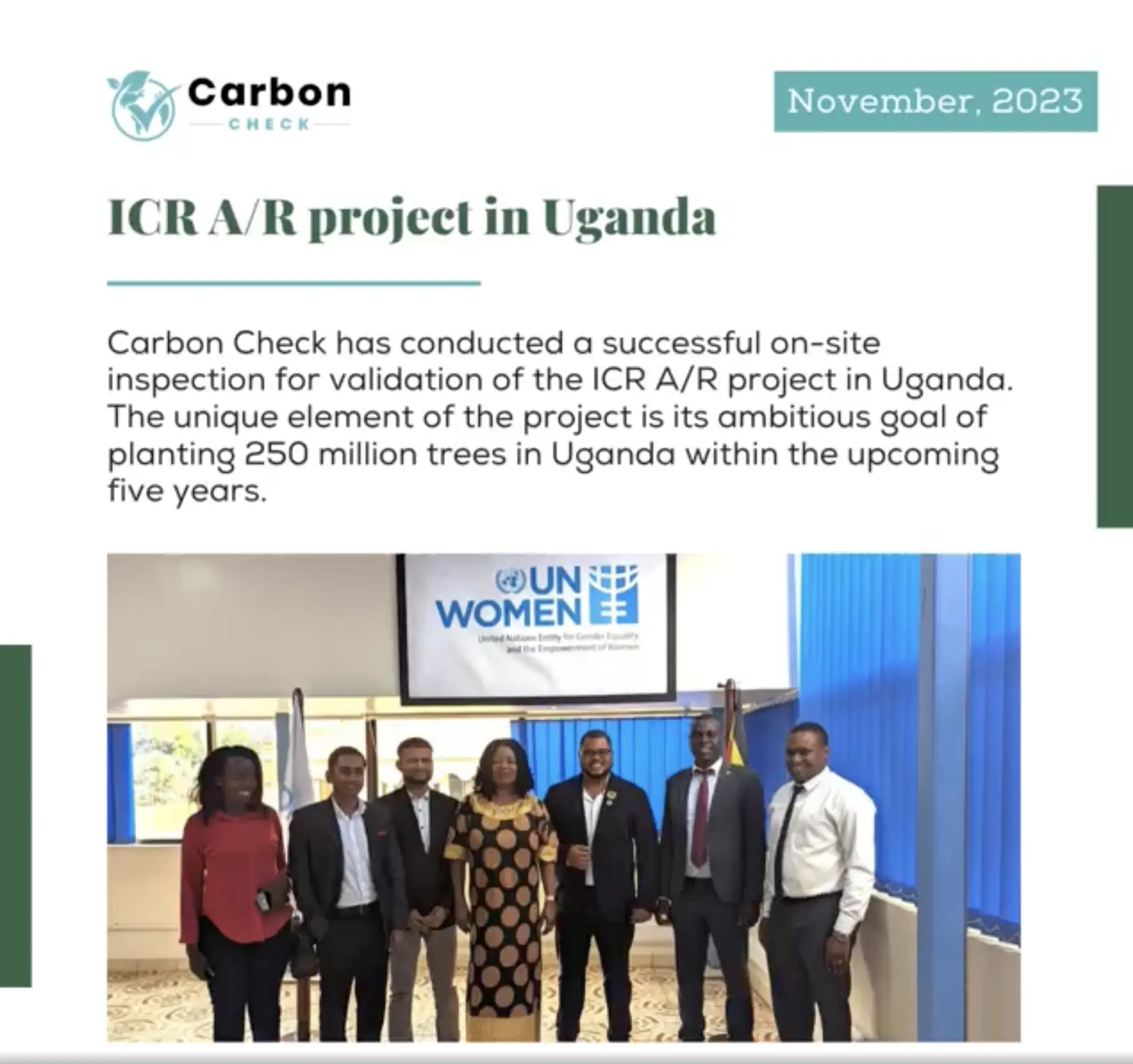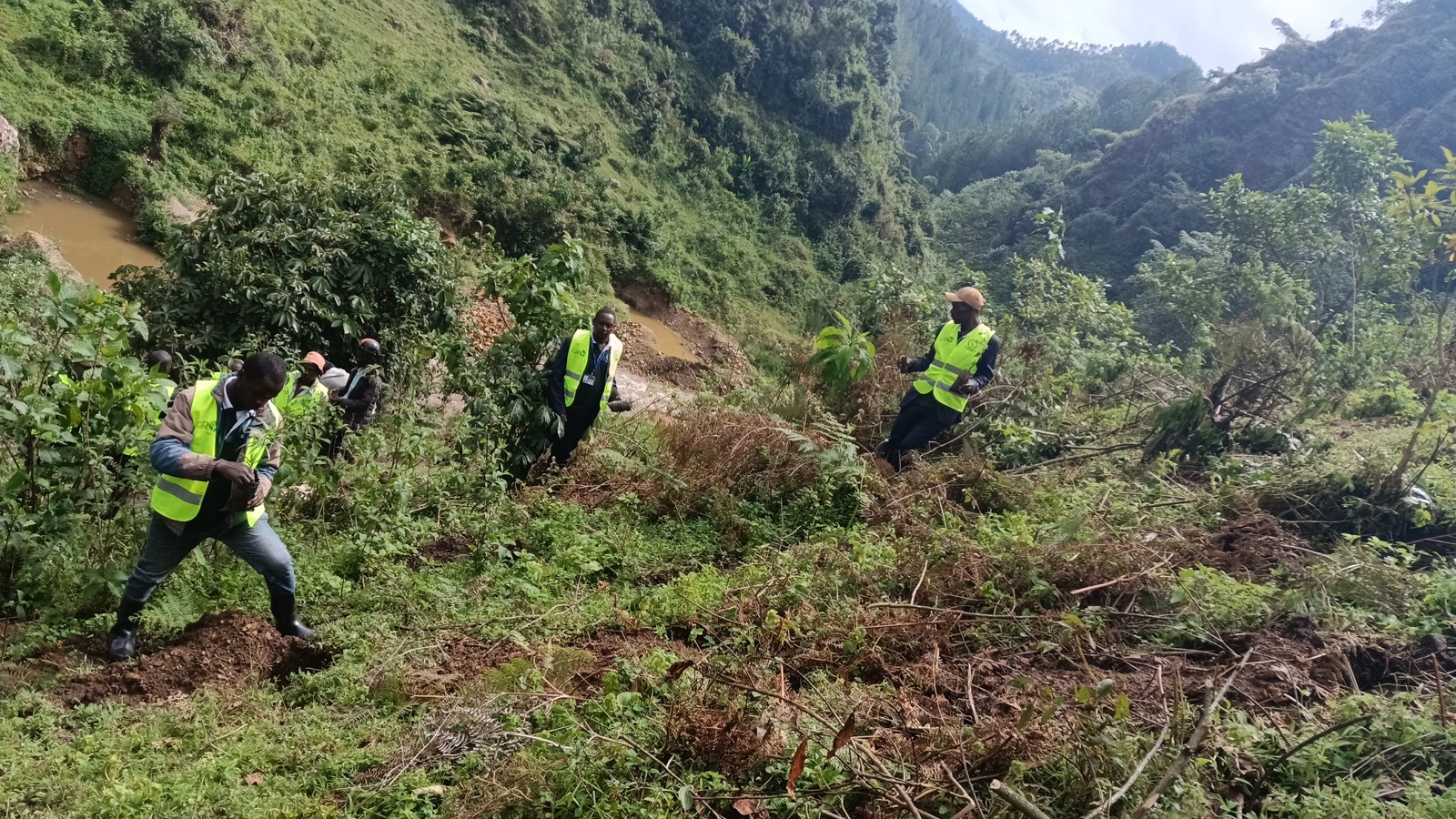Many of you have asked us to summarize and/or simplify some of the most important, relevant articles from the huge volume that appear in the world’s media every day. This is a challenging request but hey, we wouldn’t be in this business if we were not prepared to rise to meet new challenges. Our first article in this series is based on The World Bank’s 2023 Carbon Pricing report.
As always, we would appreciate your comments and contributions. We do request your patience with the poor author, who admits that all mistakes, errors and misinterpretations are their sole property. Welcome to the discussion. Let us Gro in Knowledge together.
The GROing Importance of Carbon Pricing in Addressing Climate Change
Carbon pricing, a policy tool aimed at reducing carbon emissions by providing economic incentives, is gaining significance as global economies strive to tackle climate change. The World Bank’s recent report highlights the expanding carbon credit market, showcasing advancements in technology, improved products, and increasing investor interest. In this article, we will explore the key findings of the report and emphasize the importance of carbon pricing in driving climate action.
Record-High Revenues and Market Growth:
- In 2022, revenues from carbon credits traded in emissions trading systems (ETS) and carbon taxes reached a significant milestone of nearly $100 billion, indicating the growing momentum in the carbon credit market. This growth is driven by the increasing number of service providers, advanced technological platforms, improved products, and new investors.
Carbon Pricing as an Essential Policy Tool:
- Carbon pricing mechanisms, such as carbon taxes and emissions trading systems, play a crucial role in decarbonizing global economies. By placing a financial cost on carbon emissions, these policies create economic incentives for individuals, businesses, and industries to adopt climate-friendly practices in consumption, production, and investment.
Carbon Prices Showing Resilience:
- While carbon prices in ETSs and carbon taxes have slowed down after years of high growth, they have shown resilience. Despite the global energy crisis, approximately half of the instruments witnessed price increases, with a third maintaining their prices and less than 15% experiencing declines.
Regional Variation in Carbon Prices:
- The European Union ETS recorded the most substantial price increases, reaching 100 Euros for the first time. However, some ETSs, like the Republic of Korea ETS, saw carbon prices decrease by up to 35%. While some countries scaled back plans to increase carbon prices, many others are strengthening their existing carbon pricing systems.
Long-Term Growth for Climate Action:
- To meet the goals outlined in the Paris Agreement and effectively combat climate change, carbon prices need to continue growing in both price and coverage. It is estimated that by 2030, carbon prices should range from $50/tCO2 to $100/tCO2, factoring in inflation. However, as of April 2023, less than 5% of global greenhouse gas emissions are covered by carbon pricing at the recommended level.
Expansion of Carbon Pricing Instruments:
- The number of ETSs and carbon taxes implemented has slightly increased, with 73 systems in operation as of April 2023. The majority of the growth is observed in countries already pricing carbon. Several nations have also expressed their intent to establish new carbon pricing initiatives or enhance existing ones to strengthen their commitment to combating climate change.
Focus on Energy and Industrial Emissions:
- Current carbon pricing mechanisms predominantly target energy and industrial emissions. Most carbon taxes cover specific fossil fuels used in various sectors, while ETSs primarily focus on large industrial facilities. However, there are upcoming plans to include agricultural emissions in carbon pricing, as demonstrated by New Zealand’s intention to introduce agricultural pricing in 2025.
Record-High Carbon Revenues:
- Carbon revenues from ETSs and taxes reached approximately $95 billion in 2022, representing a notable increase of $10 billion compared to the previous year. The EU ETS alone generated $42 billion in revenue, predominantly attributed to the shift from free carbon allowances to auctioning.
Voluntary Carbon Credit Markets:
- After two years of significant growth, carbon credit markets experienced a slight slowdown in 2022, with a 1% decrease in retirements. Most carbon credits are currently supplied by independent crediting mechanisms or voluntary carbon markets. Major demand for these credits comes from voluntary corporate initiatives.
Shifting Focus to Nature-Based Solutions:
- While renewable energy projects dominate carbon markets, there is a growing focus on nature-based activities, including emissions reductions from agriculture, forestry, and land use. These nature-based solutions often provide additional socio-economic benefits alongside carbon reduction. While the supply of carbon credits from renewable energy projects may decline over time, the number of registered nature-based projects indicates a potential expansion of supply in the future.
Conclusion:
Carbon pricing is gaining momentum as a vital policy tool in the fight against climate change. The World Bank’s report emphasizes the need for continued growth in carbon prices and coverage to drive climate action and meet the goals of the Paris Agreement. With the expansion of carbon pricing instruments, increased revenues, and a shift toward nature-based solutions, there is growing optimism that the carbon credit market will play a significant role in the global transition to a sustainable and low-carbon future.
Key takeaways:
- The carbon credit market is expanding and becoming more advanced.
- In 2022, revenues from carbon credits traded in emissions trading systems (ETS) and carbon taxes reached a record high of nearly $100 billion.
- Carbon pricing is a policy tool that encourages actions to reduce carbon emissions by providing economic incentives.
- The World Bank’s report provides an overview of carbon pricing instruments, such as carbon taxes and emissions trading systems, and their trends and drivers.
- Carbon prices in ETSs and carbon taxes have slowed down but remained resilient, with some prices increasing and others staying the same or decreasing.
- The European Union ETS had the largest price increase, while some other ETSs experienced a decline.
- Many countries are strengthening their existing carbon pricing systems, such as Singapore and Canada.
- Carbon prices need to grow in the long term to drive investments and meet climate goals.
- Only a small percentage of global greenhouse gas emissions are covered by carbon pricing at the recommended level.
- The number of ETSs and carbon taxes implemented has slightly increased, covering about 23% of global carbon emissions.
Technical Words and Acronyms:
- Carbon credit market: The market where carbon credits, which represent the right to emit one ton of carbon dioxide or equivalent greenhouse gases, are bought and sold.
- World Bank: An international financial institution that provides loans and grants to the governments of poorer countries for the purpose of pursuing capital projects.
- Carbon pricing: A policy approach that puts a price on carbon emissions to encourage reductions.
- Emissions trading systems (ETS): A market-based approach where emissions allowances are bought and sold to regulate and limit greenhouse gas emissions.
- Carbon taxes: Taxes imposed on carbon emissions to discourage their production.
- Paris goals: Refers to the goals outlined in the Paris Agreement, an international treaty aiming to limit global warming to well below 2 degrees Celsius.
- GHG emissions: Greenhouse gas emissions.
- USD: United States dollar, the currency of the United States.
- CO2 emissions: Carbon dioxide emissions.
- Clean Development Mechanism (CDM): A mechanism under the United Nations Framework Convention on Climate Change (UNFCCC) that allows developed countries to invest in emission-reduction projects in developing countries and receive carbon credits in return.
- RECs: Renewable energy credits, which represent the environmental attributes of renewable energy generation and can be bought and sold to support renewable energy development.
- Xpansiv CBL: A company that provides data and technology solutions for environmental markets.






